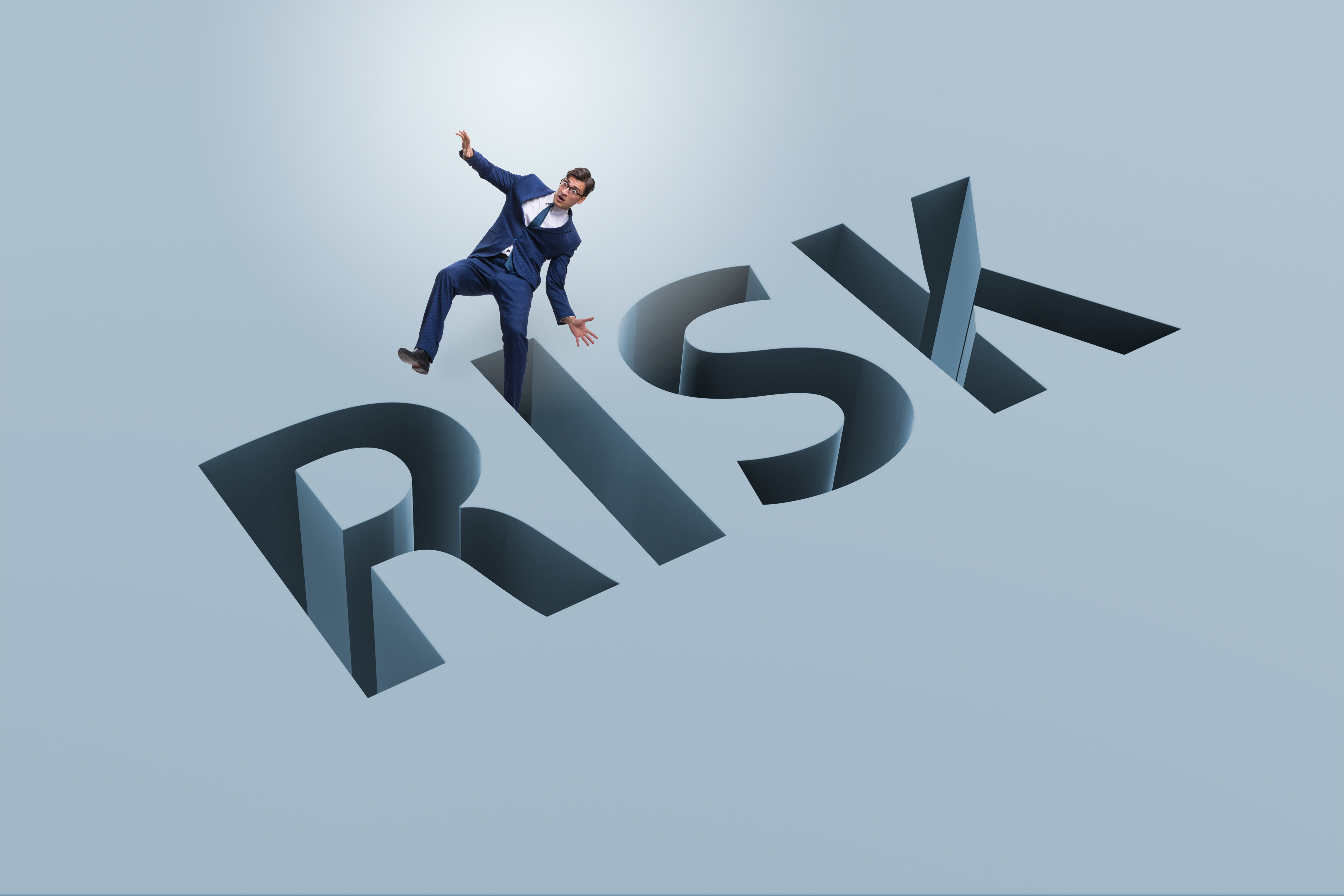Whether you’re a small business or a large corporation, being a cybercrime victim or having your operation damaged by some external catastrophe are ever-present threats.
Many companies don’t take this seriously enough, especially in the digital age, only realizing their mistake when they are the victim of a cyber attack or lose their systems because of a flood or natural disaster.
Risk management is vital to the reputation of your business and taking a more formal approach by putting together a strategy, including protecting data and software, is vital in the modern world.
Risk Management and Performance
If something stops your business working, it goes without saying that this will impact on performance and productivity. Understanding what risks you face as a business and how these might impact on its day to day running means you can then implement mitigation strategies and have tools in place to keep working.
ISO Standards and Risk Management
It can be difficult for any business to understand exactly every issue they might face in the future before we even get to what to do about them. ISO 3100 is the global standard that most people opt for as it gets you to work towards putting in place a framework for risk management and develop ways of coping with specific challenges.
While it is designed to apply to all sectors from tech services to banking and construction, it is generally thought of as the international standard that can be tailored to specific needs. If your main worry is more business security, you can also opt for ISO 27005.
Taking a formal approach to risk management means that you can be confident you have considered all the potential issues that your business might face within your sector and have done all you can to either avoid or prepare for them.
It also ensures that you have the appropriate measures in place to cope with any sudden catastrophe, whether it’s a fire on your premises or a data breach because your systems have been hacked.

